Imagine a ship from the stars, gliding down through the clouds, its curious crew peering out with eyes utterly unaccustomed to our world. What would they see, and more importantly, what would they assume we—Earth’s keepers—held precious enough to save? Would they marvel at our monuments, puzzle over our plastics, or wonder at our endless digital clouds? The idea isn’t just science fiction; it’s a mirror held up to our civilization. What, in the grand ledger of human history, have we chosen to shield from time, disaster, and our own forgetfulness? The answer is both fascinating and a little unsettling, and it says as much about our hopes as our fears.
Monuments of Stone and Steel
Across continents, humans have built structures to outlast themselves. The Pyramids of Giza, the Great Wall of China, and the Eiffel Tower stand as testaments to ambition and creativity. If aliens landed near these landmarks, they might think we worshiped permanence, or that we sought to etch our existence in stone and steel. These monuments scream endurance, surviving wars, weather, and even, sometimes, neglect. They are more than tourist attractions; they’re time capsules encoding stories of kings, emperors, and ordinary souls who labored to make something that would not fade. For an extraterrestrial visitor, these structures might suggest that our species measures worth in what we can build to last.
Vast Digital Archives
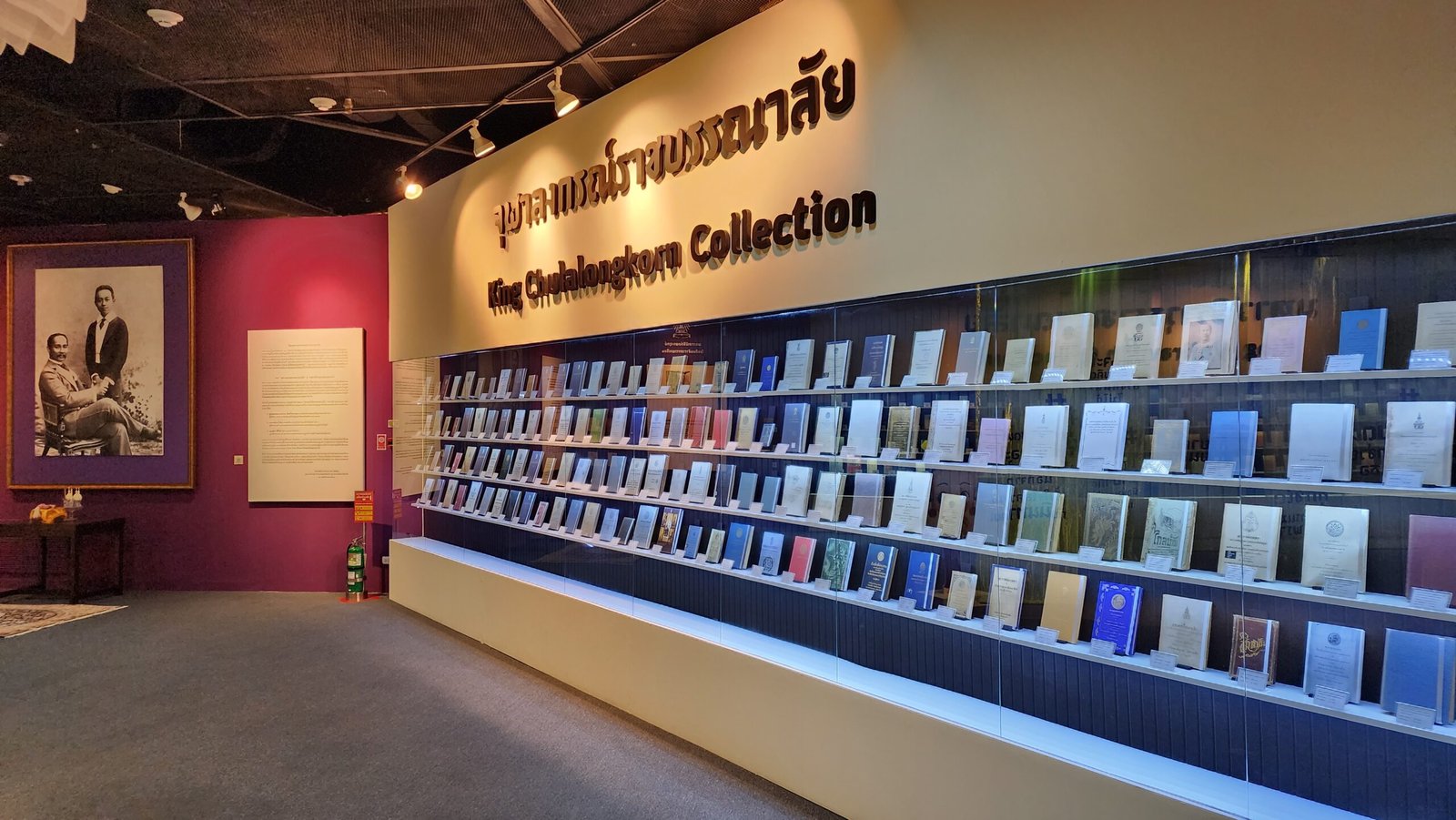
Our era is marked by an obsession with data. From cloud storage to massive server farms, we scramble to save every photo, message, and meme. If aliens sifted through our digital debris, would they see wisdom—or noise? The sheer volume of information preserved in the digital realm might overwhelm them, but it also reveals a hunger to remember everything, from the monumental to the mundane. A simple family photo sits next to a scientific breakthrough, both immortalized in binary form. Perhaps they’d see in our data a desperate hope: that even fleeting moments should not be lost to time.
Natural Wonders Turned Parks
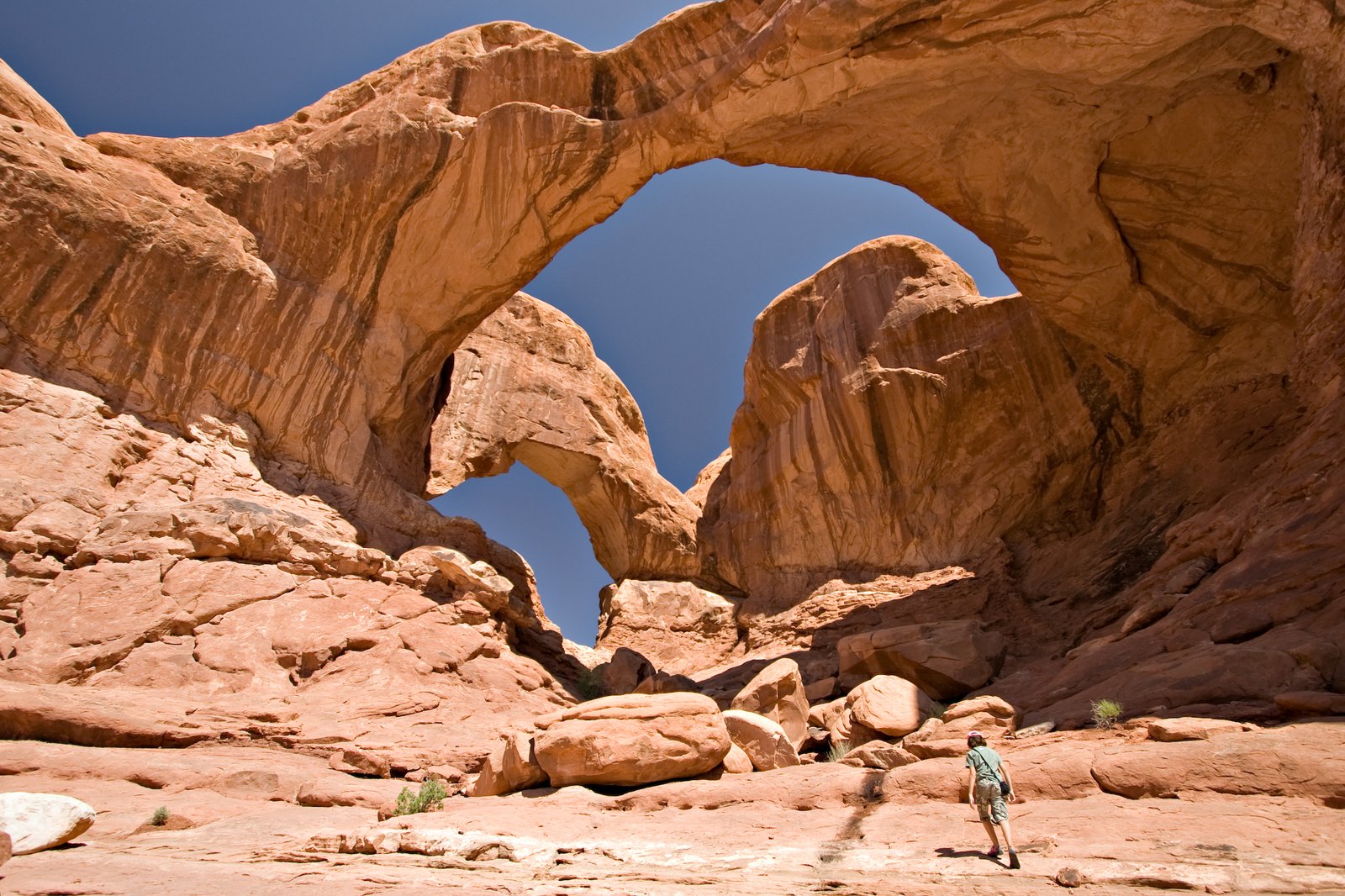
We carve out sanctuaries for nature—national parks, reserves, and protected lands. From Yellowstone to the Amazon, these spaces are cordoned off, often at great cost, to preserve wildness. To an alien eye, the effort might seem contradictory. We destroy forests for profit, yet fight tooth and nail to save special patches. This paradox could signal that, despite our flaws, we recognize the irreplaceable value of wild places. Our parks are love letters to the planet’s original beauty, carefully preserved for future generations, or perhaps, for curious guests from afar.
Ancient Texts and Libraries
Through fire and flood, war and neglect, humans have gone to extraordinary lengths to save words. The Rosetta Stone, the Dead Sea Scrolls, and countless libraries—like the Library of Alexandria or the Vatican Archives—stand as proof. If aliens cracked open our books, would they marvel at our poetry and philosophy, or be baffled by our contradictions? These preserved texts are the DNA of our culture, transmitting beliefs, knowledge, and dreams across centuries. Our libraries are a collective defense against forgetting, hinting that ideas are among our most prized possessions.
Art Wrapped in Time
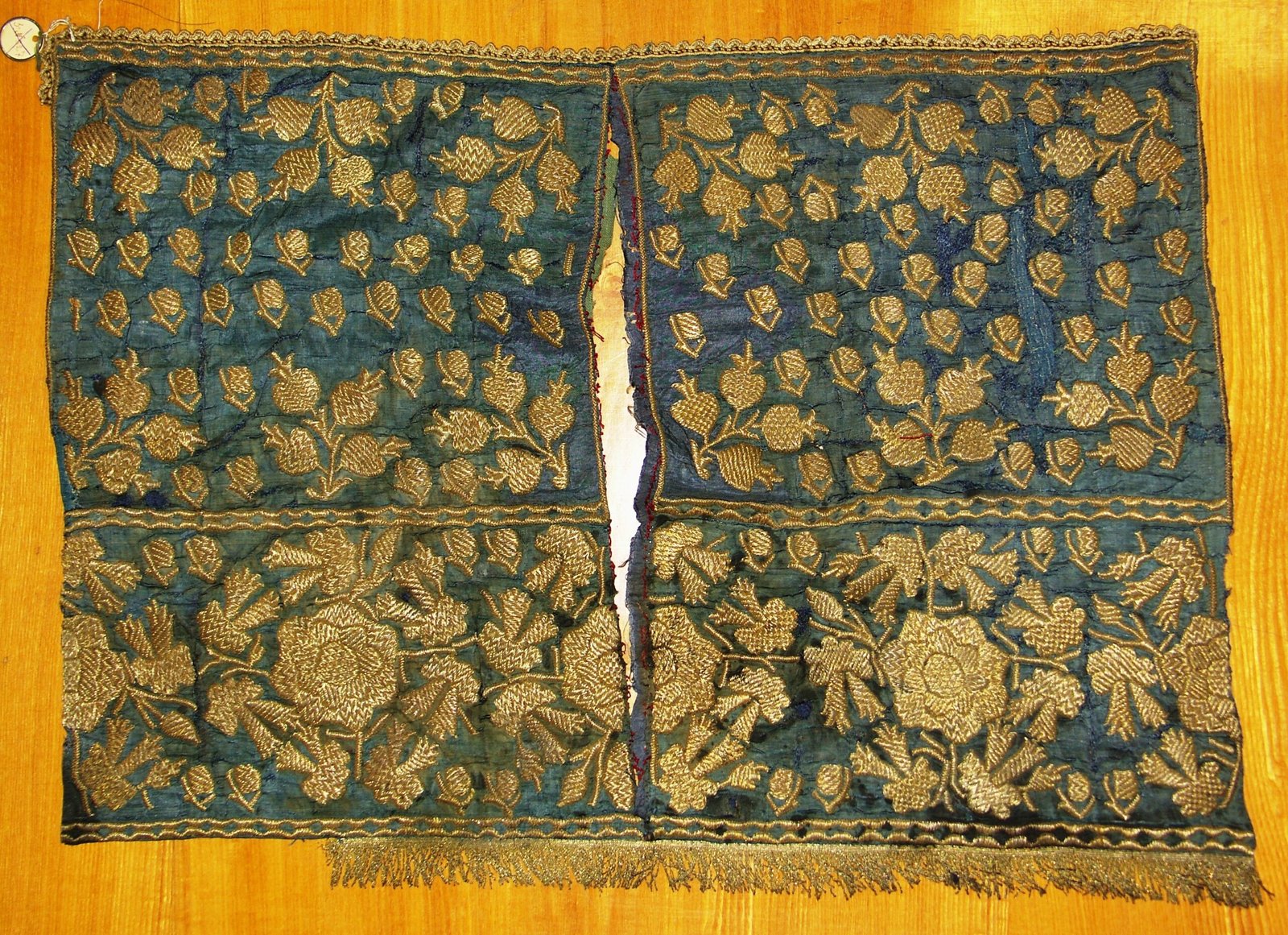
From the Venice Biennale to the caves of Lascaux, art is fiercely guarded. Masterpieces are encased in climate-controlled vaults, protected from sunlight, moisture, and even prying eyes. If aliens wandered through the Louvre or the Uffizi, they might be struck by the reverence we give to paint, canvas, and stone. Art endures as a conversation across generations, each piece a frozen moment of emotion, culture, and innovation. Our urge to conserve art reveals a belief that beauty and expression deserve immortality.
Languages and Scripts
Languages are living artifacts, yet we work hard to keep them from dying. Dictionaries, recordings, and language academies strive to preserve endangered tongues. Imagine an alien linguist, tuning into radio broadcasts or reading bilingual dictionaries. They might see in our efforts a refusal to let voices be silenced, even as technology threatens to flatten our speech into homogeneity. Language preservation projects, like those for Native American or Aboriginal Australian languages, show a respect for diversity and a stubborn hope that every voice matters.
Family Heirlooms and Traditions

Beyond grand museums, preservation happens in homes. A grandmother’s quilt, a battered recipe card, or a holiday ritual—all are fiercely protected. Aliens might find these humble artifacts more telling than our skyscrapers. Heirlooms and traditions connect us to ancestors, anchoring identity in a rapidly changing world. These treasures are rarely valuable in a financial sense, but they are priceless for the meaning we give them. Their survival suggests that what matters most isn’t always the grandest.
Seeds and Genebanks
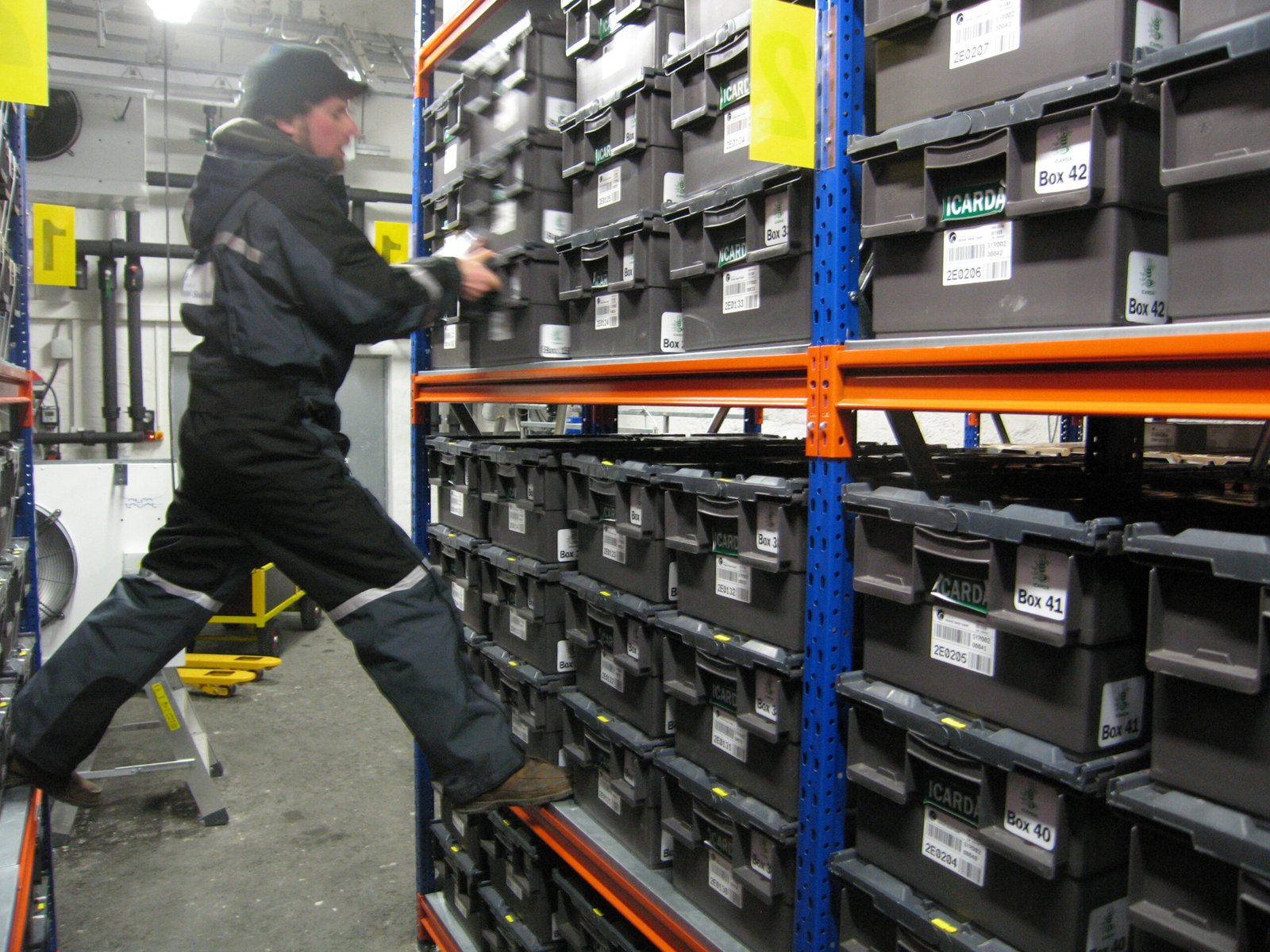
In icy vaults beneath mountains, seeds sleep, waiting for a future that might need them. The Svalbard Global Seed Vault, often called the Doomsday Vault, is humanity’s insurance policy against disaster. If aliens stumbled upon this frozen trove, they’d see a civilization planning for calamity—but also nurturing hope. Preserving seeds is a quiet act of faith, a belief that life deserves another chance. It’s a reminder that our legacy may be measured in what we enable to grow long after we’re gone.
Music and Sound Recordings
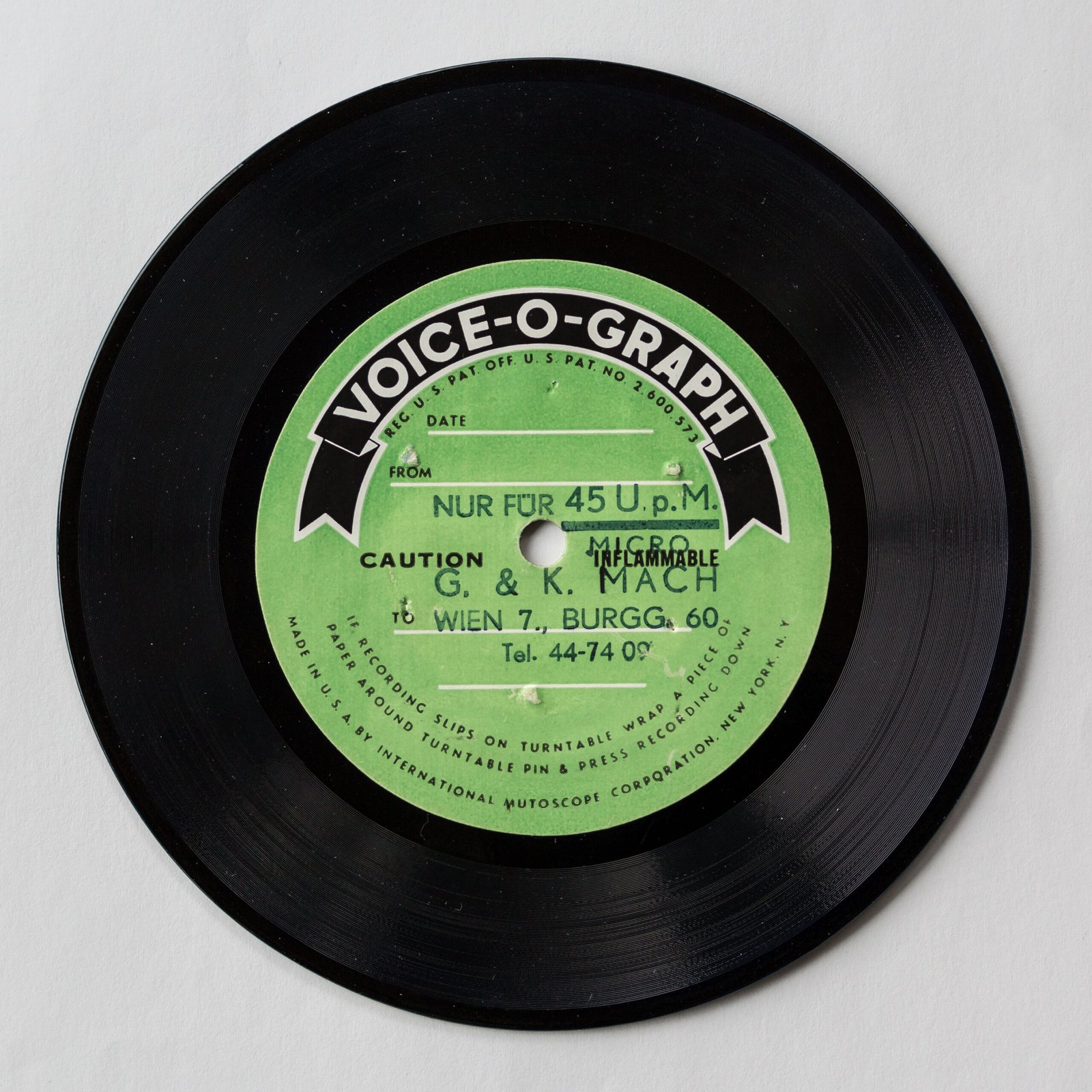
We save more than sights—we guard sounds. From vinyl records to digital playlists, we’ve tried to bottle the magic of music. The Golden Record, sent on the Voyager spacecraft, carries Earth’s music into the void, an intentional message to the stars. Aliens listening to these recordings might sense universal emotions: joy, sorrow, longing. Our care for music preservation reveals that sound, rhythm, and harmony are just as vital as words or images in telling our story.
Religious Sites and Relics
Across the world, temples, churches, mosques, and shrines are fiercely protected. Relics are guarded behind glass, rituals handed down with sacred precision. If aliens observed our reverence for these places and objects, they might deduce that faith—whatever its form—anchors human hearts. These sites are not just buildings; they are centers of community, memory, and mystery. Their preservation signals that the spiritual, however defined, is a core part of our identity.
Scientific Instruments and Time Capsules
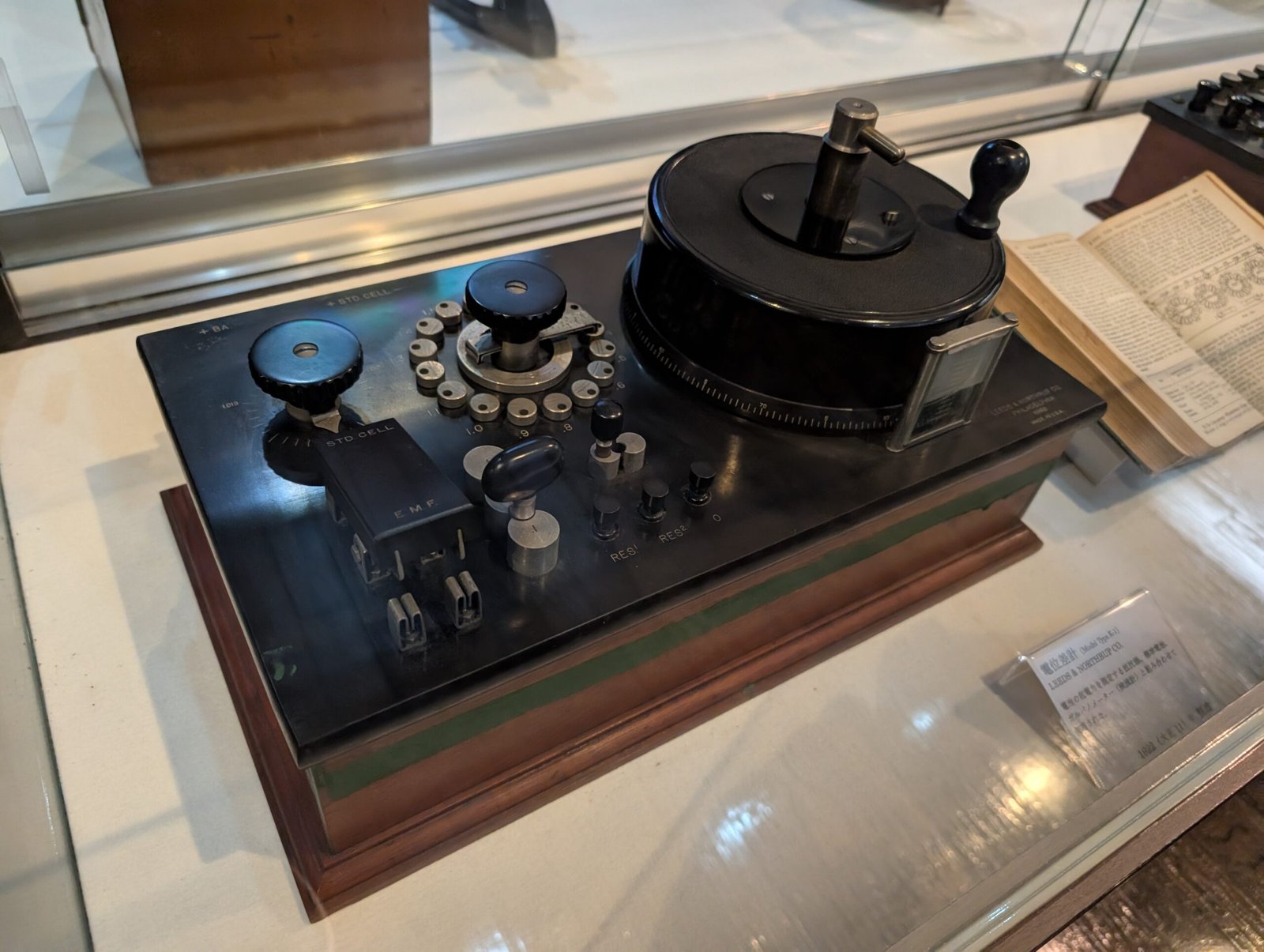
We enshrine our scientific achievements in museums and time capsules. The first telescopes, spacesuits, and even lunar rocks are meticulously cataloged and stored. These objects are both trophies and tools, reminders of how far curiosity can take us. If aliens studied our observatories and laboratories, they might see a restless species, always pushing the boundaries of the unknown. The care we take with these artifacts signals that knowledge and discovery are treasures worth safeguarding.
Endangered Species Conservation
We fight to rescue animals on the brink. Zoos, breeding programs, and wildlife sanctuaries work around the clock to save tigers, rhinos, and countless others. Aliens might be puzzled by our selective compassion—why save pandas and not mosquitoes? Still, our efforts to preserve biodiversity hint at a dawning awareness: we’re part of a vast web of life, and each thread matters. Conservation work speaks to our sense of stewardship and responsibility, however unevenly applied.
Historic Cities and Urban Preservation

Some cities are living museums—Rome, Kyoto, Jerusalem—where centuries-old buildings still bustle with life. Preservationists wage battles against developers to save cobblestone streets and ancient facades. To an alien visitor, these places might seem like patchwork quilts, blending past and present. Our efforts to protect urban heritage show that we value continuity, even as we chase progress. It’s a balancing act between honoring the old and embracing the new.
Sporting Records and Trophies

Trophies, medals, and halls of fame are kept under lock and key, polished and displayed with pride. The memory of a perfect game or a world record is preserved in museums and archives. This obsession might baffle outsiders. But for us, sports are more than games—they’re arenas where dreams, discipline, and drama play out. Our care for these relics shows that we honor not just winners, but the stories of struggle and triumph they represent.
Landscapes in Art and Photography
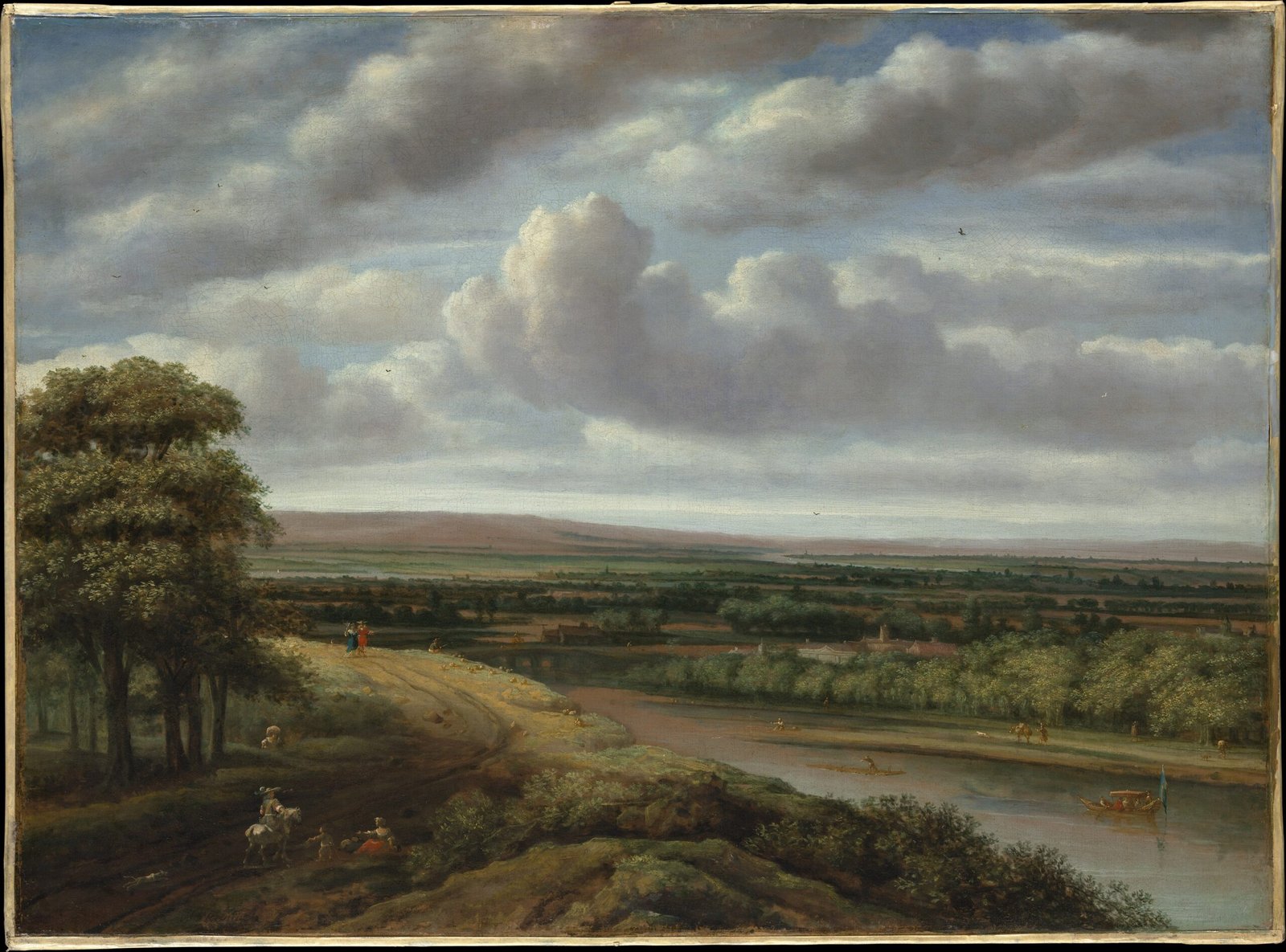
We frame mountains, rivers, and sunsets on canvas and film, immortalizing places even as they change or disappear. Famous photographs—like Earthrise from Apollo 8—become icons, preserved in galleries and history books. Aliens flipping through our albums might conclude that beauty, especially natural beauty, is something we’re desperate to hold onto. Artistic preservation of landscapes is an act of remembrance, a way to keep what we love close, even as the world shifts.
Food Heritage and Culinary Preservation

Recipes are handed down like family jewels, and traditional foods are fiercely protected by communities. We form organizations to guard against the loss of heritage grains, cheeses, and cooking techniques. If aliens tasted our meals or read our cookbooks, they’d see that flavor is a kind of memory—one we fight to keep alive. The effort to protect culinary traditions is a celebration of culture and a protest against sameness.
Memorials and Sites of Tragedy
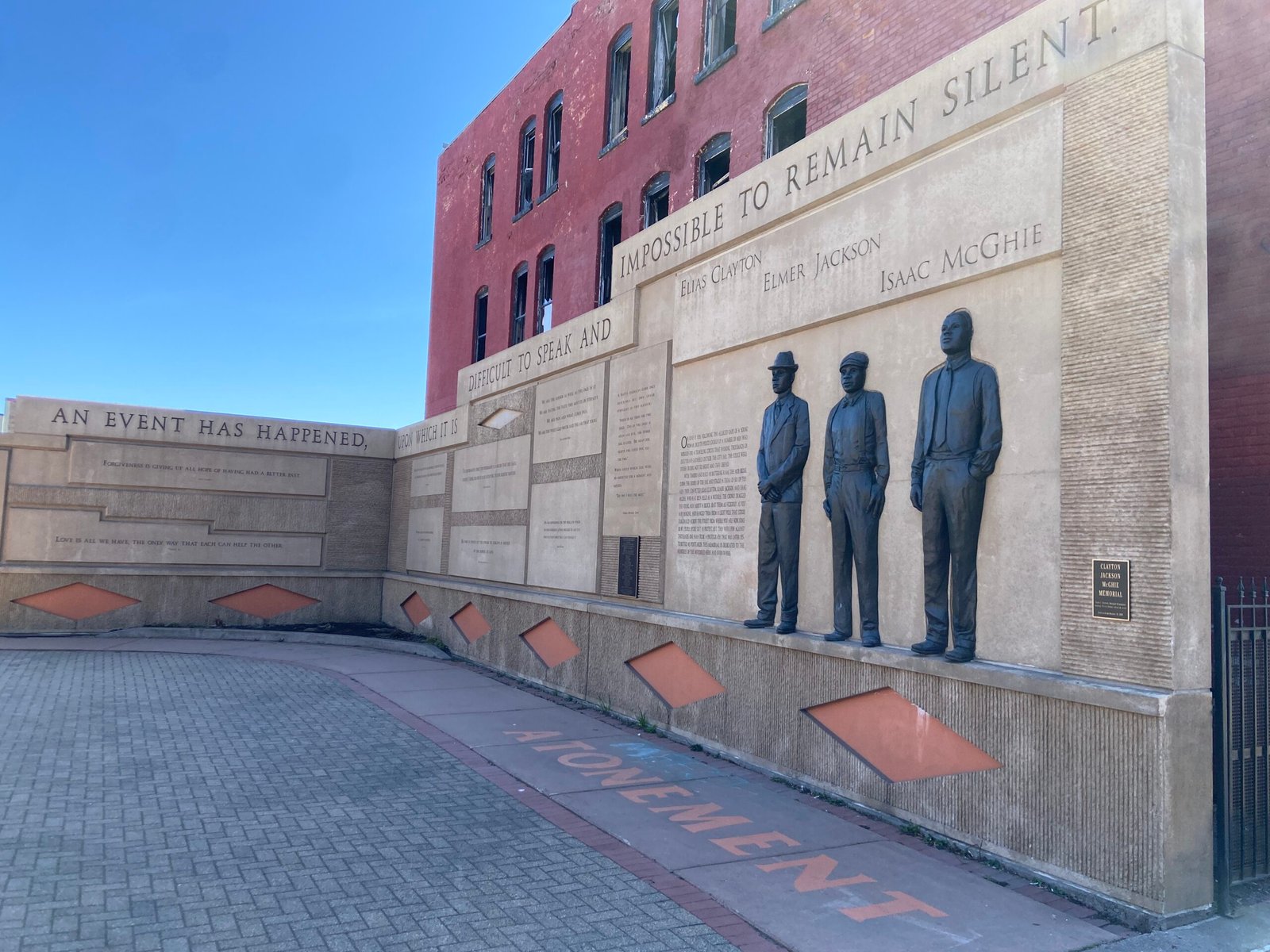
We mark places of sorrow with stone, glass, and silence. Memorials to wars, disasters, and injustice are maintained with care. Aliens might find these sites haunting, yet they speak of a need to remember pain as well as joy. By preserving the memory of tragedy, we acknowledge wounds and promise not to repeat them. These sites are lessons carved into the landscape, warnings and hopes for a better future.
Climate Data and Environmental Records
We keep meticulous records of the changing climate—ice cores, tree rings, and weather logs stored in archives and labs. These data sets are precious, offering clues to the planet’s past and warnings for its future. If aliens studied these archives, they’d see a species grappling with its own impact, trying to learn from mistakes. The preservation of environmental records is a sign of both humility and ambition: we want to understand, and perhaps, to change.
Human Rights Documents and Declarations
Declarations of human rights, constitutions, and treaties are preserved in vaults and monuments. These papers may seem mundane, but they are the scaffolding of freedom and justice. Aliens might be impressed by the ideals enshrined within, or puzzled by our uneven application. Still, the act of preservation itself is meaningful. It reveals a belief that words can shape worlds, and that promises—however fragile—are worth protecting.
Medical Knowledge and Vaccines
We guard medical breakthroughs—like penicillin samples, vaccine formulas, and anatomical drawings—in secure archives. Hospitals and universities keep libraries of knowledge for future healers. Aliens scanning these stores might see a species bent on survival, fighting death with every tool at its disposal. Our preservation of medical knowledge is a testament to compassion and ingenuity, a refusal to surrender to fate.
Personal Stories and Oral Histories
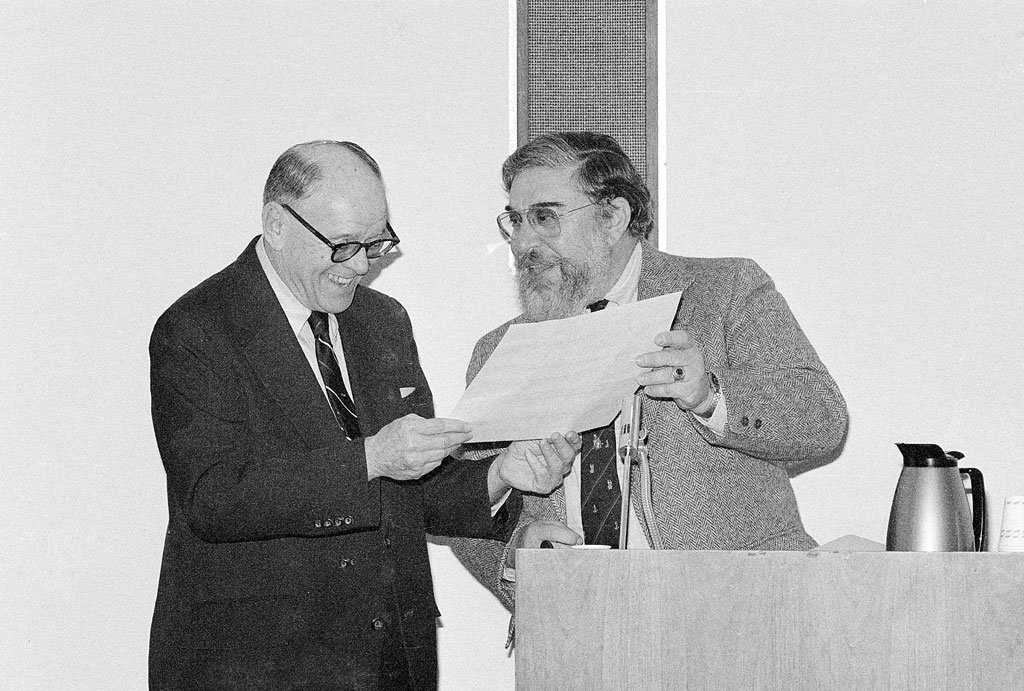
Not all preservation is tangible. Oral histories, podcasts, and personal recordings capture voices that might otherwise be lost. Communities around the world collect elders’ stories, passing them down through generations. Aliens listening in might recognize a universal urge: to be remembered, to matter, to leave a trace. The preservation of personal narratives is an act of defiance against erasure, ensuring that even the smallest stories echo across time.




